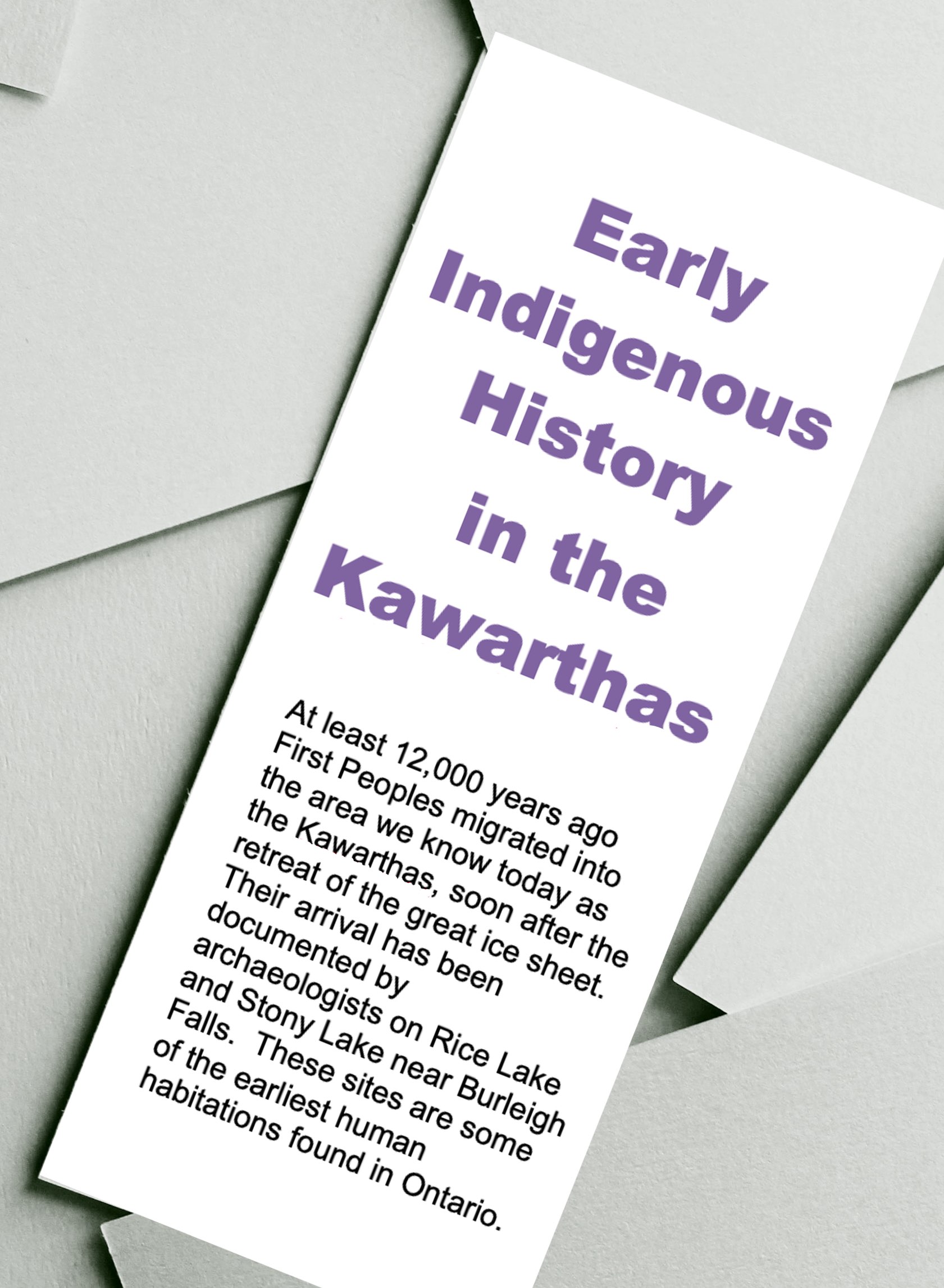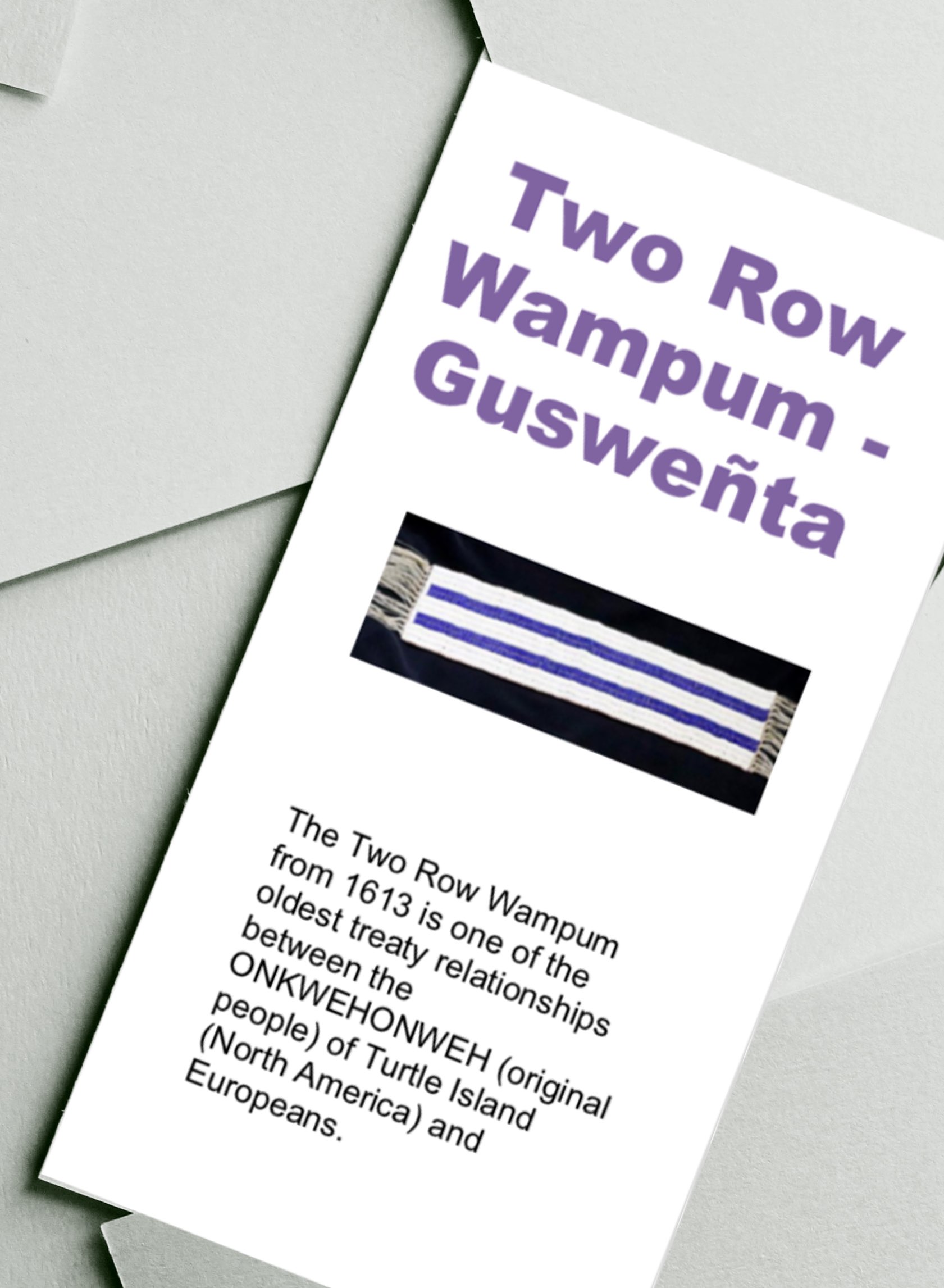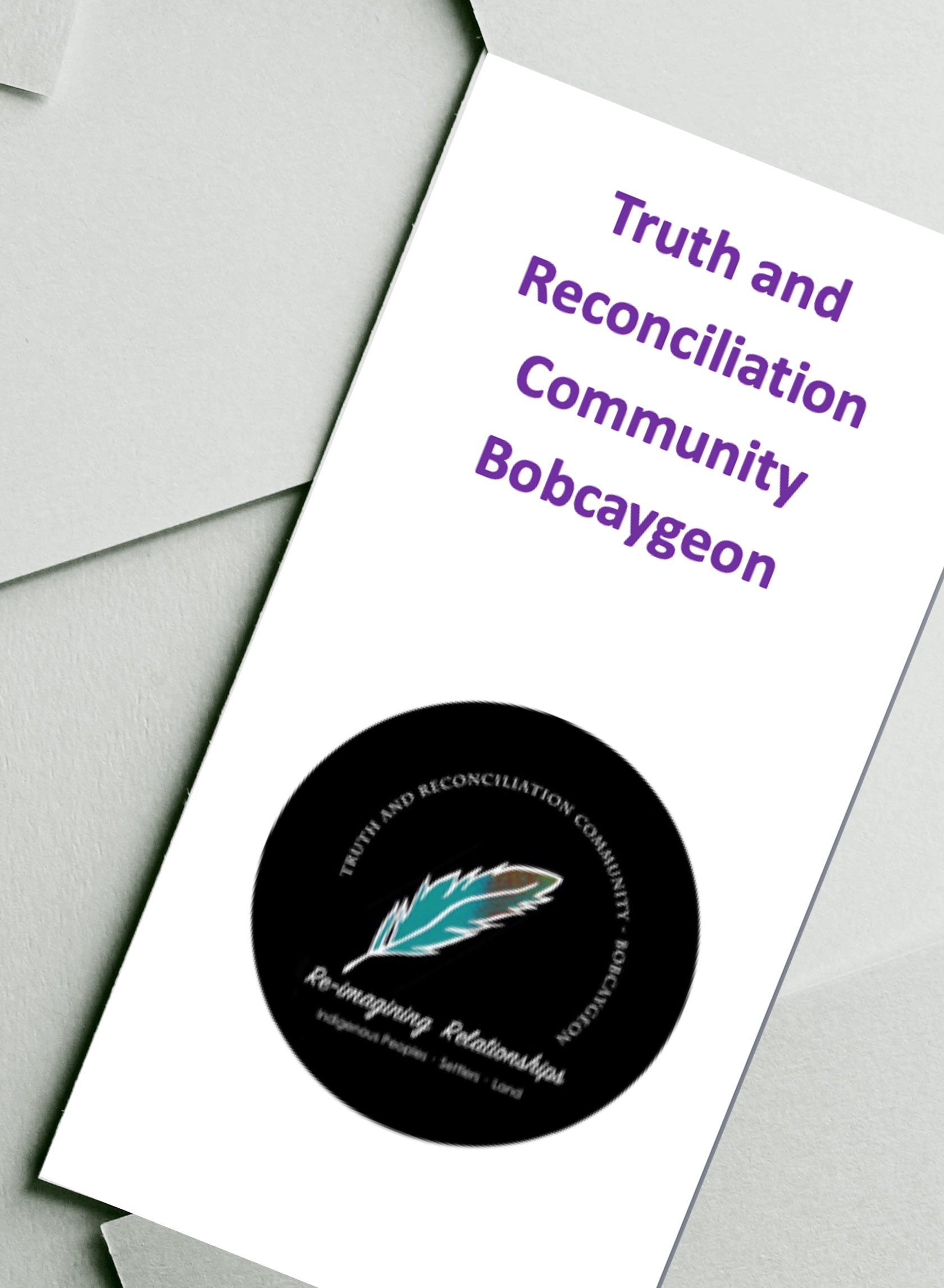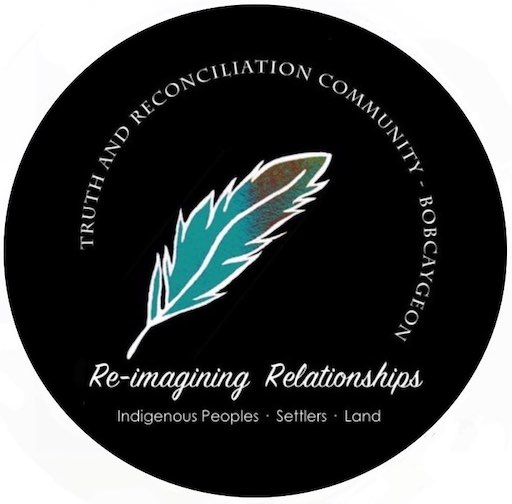Our Pamphlets

Early Indigenous History
in the Kawarthas
At least 12,000 years ago First Peoples migrated into the area we know today as the Kawarthas, soon after the retreat of the great ice sheet. Their arrival has been documented by archaeologists on Rice Lake and Stony Lake near Burleigh Falls. These sites are some of the earliest human habitations found in Ontario.
As the ice sheets and water continued to diminish, about 10,000 years ago, the Kawarthas began to look more like it does today. Forests were abundant with many types of deciduous and coniferous species. These changes in turn increased the animal and fish populations which encouraged Indigenous people to stay longer in one spot and build small communities. Archaeologists have found evidence of habitations throughout the area, including Pigeon, Balsam, Stony and Rice Lakes.
Read more...
The evidence archaeologists find at these sites is called ‘habitation debris’. This debris could be evidence of manufacturing stone tools and cooked animal bones. Scientists have also found technological innovations like fish weirs at Lovesick Lake.
The Kawartha landscape held great spiritual and cultural meaning for the Indigenous populations (as it still does today). Ceremonial and burial sites were used for many hundreds of years. Jacob Island in Pigeon Lake is one of these ‘special’ places and according to Dr. James Conolly, Professor of Archaeology at Trent University, had been used from about 4500 to 1000 years ago.
Another important site available to visitors is the Teaching Rocks, or Petroglyphs near Woodview.
Early evidence from about 2500 years ago has been uncovered on Chiminis (Big/Boyd) Island in Pigeon Lake. These sites emphasized the importance of hunting, trapping, fishing and making use of the wetland resources like Manomin (wild rice).
A more complex ceremonial centre from about 2000 years ago can be found at Serpent Mounds on Rice Lake. There are also many more places in the Kawartha Lakes where archaeologists have uncovered marine shells, silver jewelry and musical instruments used in ritual and ceremony.
Indigenous populations began maize cultivation and ‘managed’ landscapes around AD1300. Fields, fruit trees, prairies and mature open forests were tended by local people who have continuously been in the Kawarthas since the ice receded.
The world of Indigenous people changed dramatically when settlers and traders from Europe began to populate North America. Samuel de Champlain came through the Kawarthas in 1615 when he, along with others over time, contributed to escalating regional warfare between Indigenous groups. Battles were fought along the Otonabee River and in the Rice Lake region. Fox Island, Buckhorn Lake was also an important skirmish site. A musket ball has been found on Jacob Island.
By the late seventeenth century the Michi Saagiig (Ojibwa) had successfully pushed back the Iroquois and colonial powers (French, British). They controlled much of southern Ontario and the Kawarthas for the next 100 years.
The pressures of increased European and post American Revolution migrations pushed the Indigenous populations into unwanted land treaty negotiations.
Treaty Number 20, 1818, was signed between the Crown and the ‘Principal Men of the Chippewa (Ojibwa) Nation of Indians’. The first legal settlers arrived in the Kawarthas that autumn.
Treaty Number 20 meant the surrender of Indigenous land but not the loss of hunting, harvesting and propagation rights to crops like Manoomin.

Indigenous History in the Kawarthas
The Two Row Wampum from 1613 is one of the oldest treaty relationships between the ONKWEHONWEH (original people) of Turtle Island (North America) and Europeans.
This treaty was made between the Haudenosaunee (Iroquois) and the Dutch settlers and traders who began moving up the Hudson River into Kanien’keha:ka (Mohawk) Territory in the early 1600’s.
Initially the Dutch proposed a patriarchal relationship with the First Nations people with themselves as fathers and the Haudenosaunee as children.
READ MORE...
According to Kanien’keha:ka historian Ray Fadden, the Haudenosaunee rejected this idea and instead proposed the following:
“We will not be like Father and Son, but like Brothers. (Our treaties) symbolize two paths or two vessels, travelling down the same river together.
One, a birch bark canoe, will be for the Indian People, their laws, their customs, and their ways. The other, a ship, will be for the white people and their laws, their customs, and their ways. We shall each travel the river together, side by side, but in our own boat. Neither of us will make compulsory laws nor interfere in the internal affairs of the other. Neither of us will try to steer the other’s vessel.”
There were three principles upon which this treaty was based: friendship, peace and that it would last forever. The Dutch agreed with the principles of the Two Row. They were well aware of the political and military strength of the Haudenosaunee Confederacy (which included the Kanien’keha:ka).
As was their custom for recording events of significance, the Haudenosaunee created a wampum belt out of purple and white quahog shells.
The Dutch recorded this agreement on paper with three silver chains. Iron was not used as it would rust over time, whereas silver could be polished and renewed when the brothers met.
John Borrow, an Indigenous legal scholar and the author of ‘Canada’s Indigenous Constitution’, describes the physical nature of the Two Row Wampum as follows:
“The belt consists of two rows of purple wampum beads on a white background.
Three rows of white beads symbolizing peace, friendship, and respect separate the two purple rows. The two purple rows symbolize two paths or two vessels travelling down the same river. One row symbolizes the Haudenosaunee people with their laws and customs, while the other row symbolizes the
European with their laws and customs. As nations move together side-by-side on the River of Life, they are to avoid overlapping or interfering with one another.”
The Two Row Wampum made with the Dutch became the basis for all future Haudenosaunee relationships with European powers. The principles of the Two Row were consistently restated by the Haudenosaunee spokespeople and were extended to relationships with the French, British and Americans under the framework of the Silver Covenant Chain of Friendship agreements.
It was understood by the Haudenosaunee that
“Together we will travel in Friendship and in Peace Forever; as long as the grass is green, as long as the water runs downhill, as long as the sun rises in the East and sets in the West, and as long as our Mother Earth will last.”
Source:[1] www.onondaganation.org/culture/wampum/two-row-wampum-belt-guswenta/

Truth and Reconciliation Community
Bobcaygeon
Shifting Perspectives: Re-imagining Relations with Indigenous Peoples, Settlers and the Land.
Our mission as the Truth and Reconciliation Community Bobcaygeon is to foster and develop respectful relationships among Settlers, Indigenous neighbours and the Land. We encourage and support one another, and anyone who will join with us, in moving towards restitution and decolonization.
We are learning, educating and working towards reconciliation locally within the
Settler community and in relationship with the Michi Saagiig Nishnaabeg.
We are actively engaged in learning about and honouring Treaties, both locally
and in the wider Canadian context.
We continue to work towards restitution of wrongs as we respect the values and
cultures of Indigenous communities.
History:
TRCBobaygeon was initiated by a group of settlers in 2015 in response to a local conflict about Indigenous Peoples’ rights to grow and harvest wild rice. The scope broadened to include learning about treaty rights and responsibilities as well as answering the Call to Action from the Truth and Reconciliation Commisssion’s Final Report. The group maintains relationships with and seeks guidance from Curve Lake First Nation Elders as we promote dialogue, understanding, and respectful relations between Settlers, Indigenous Peoples and the Land.
Types of activities and events:
• Inviting Indigenous elders and knowledge keepers to speak at public meetings
• Showing films about treaty rights and responsibilities
• Bringing Drew Hayden Taylor’s play, Cottagers and Indians to the Kawartha Lakes, Fall, 2018
• Being allies to local Indigenous People in their ongoing journey to attain their rights
Manoomin (wild rice) is a traditional Indigenous food staple. It was abundant in the marshes and lakes of the Kawarthas for millennia until colonization.
